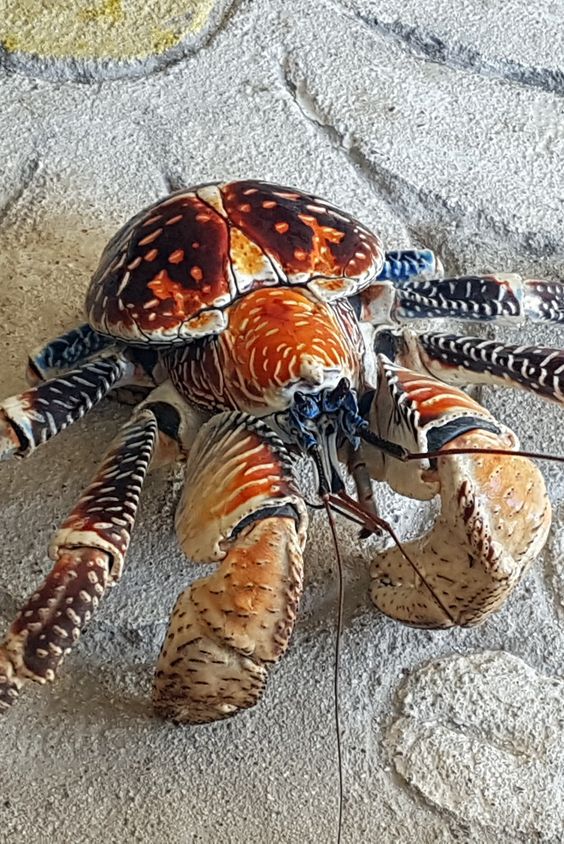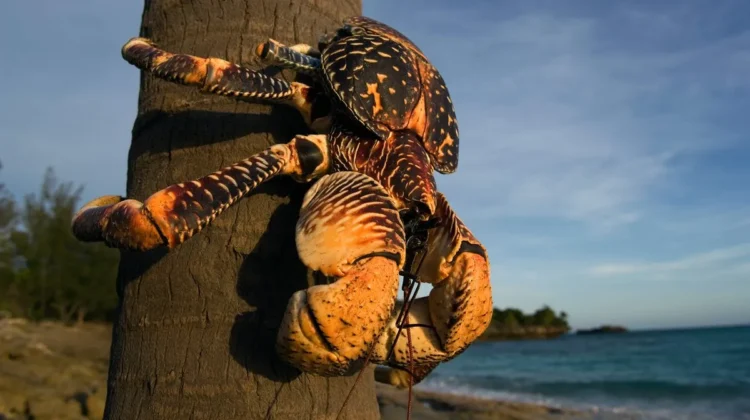Because of the growing dangers posed by humans and the destruction of their natural environment, the dwindling numbers of coconut crabs are something to be worried about. Coconut crabs are in a precarious position and their numbers are decreasing fast due to the encroachment of industrialisation and contemporary agricultural activities onto their natural habitats.
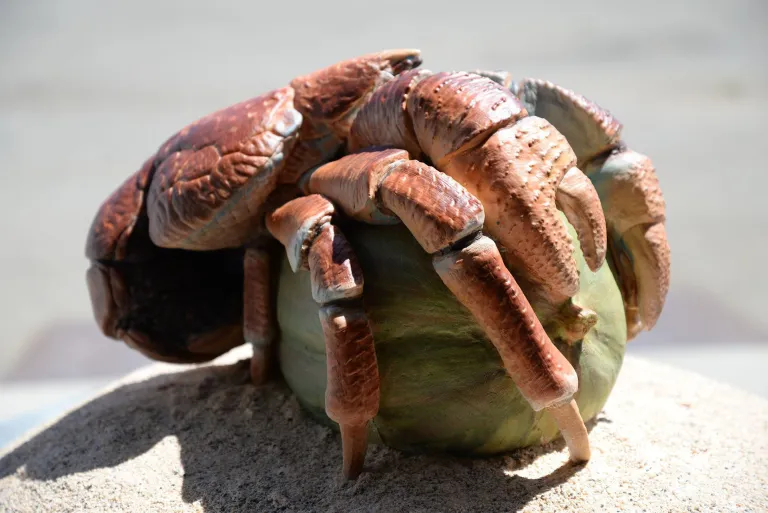
Coconut crabs, or “ketam kenari” as the locals call them, are the biggest land crabs on Earth and have unique traits that make them stand out from other crustaceans. They are native to Indonesia. These terrifying beasts may live for sixty years and grow as big as three feet, and their sharp claws can apply 10 times the power of a human handshake.
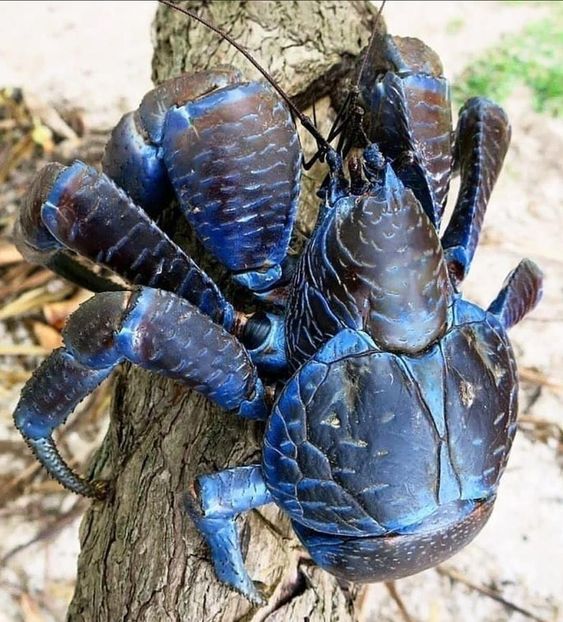
Coconut crabs are sometimes mistaken for being active during the day, despite the fact that they are mostly nocturnal. This belies their formidable appearance. Their moniker, which comes from their extraordinary skill in opening coconuts, perfectly captures their agility and strength in the wild. Although coconuts are a major component of a coconut crab’s diet, the crustacean also eats a wide variety of fruits and insects.
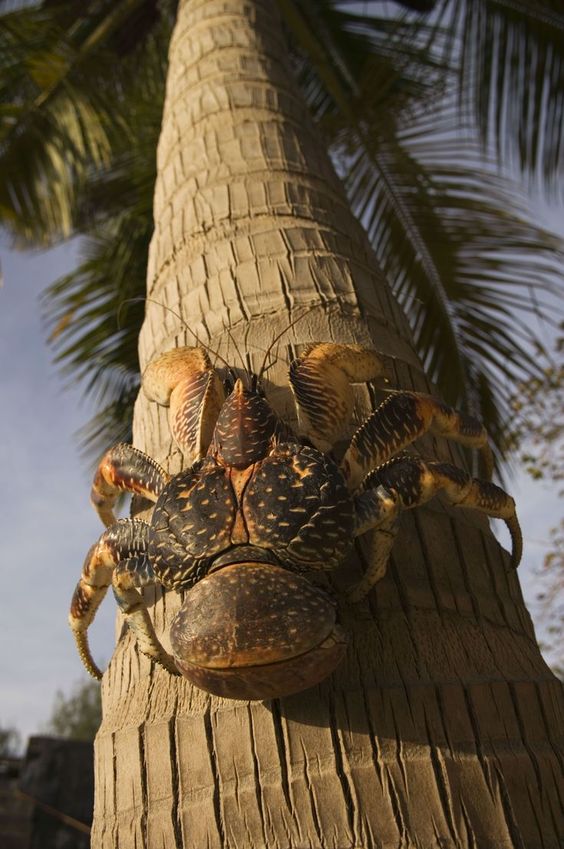
But new information about their declining numbers and endangered status paints a bleak picture for these magnificent creatures. With a “vulnerable” status on the IUCN’s Red List, the future of coconut crabs is uncertain, and conservation activities are taking on a more pressing urgency.
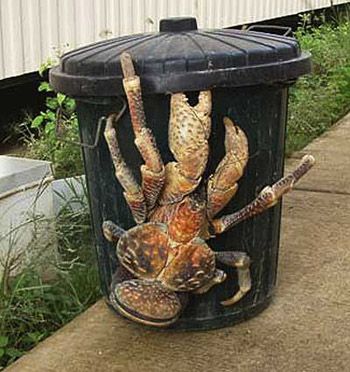
The disturbing trend of coconut crabs vanishing from their habitats is brought to light by Neil Cumberlidge, a biology professor at the University of North Michigan and leader of the IUCN Freshwater Crustacean Specialist Group. Concerns over the conservation status of coconut crabs have been intensified due to the fact that sightings have also become infrequent in Indonesia, after initially being reported missing in the Pacific area.
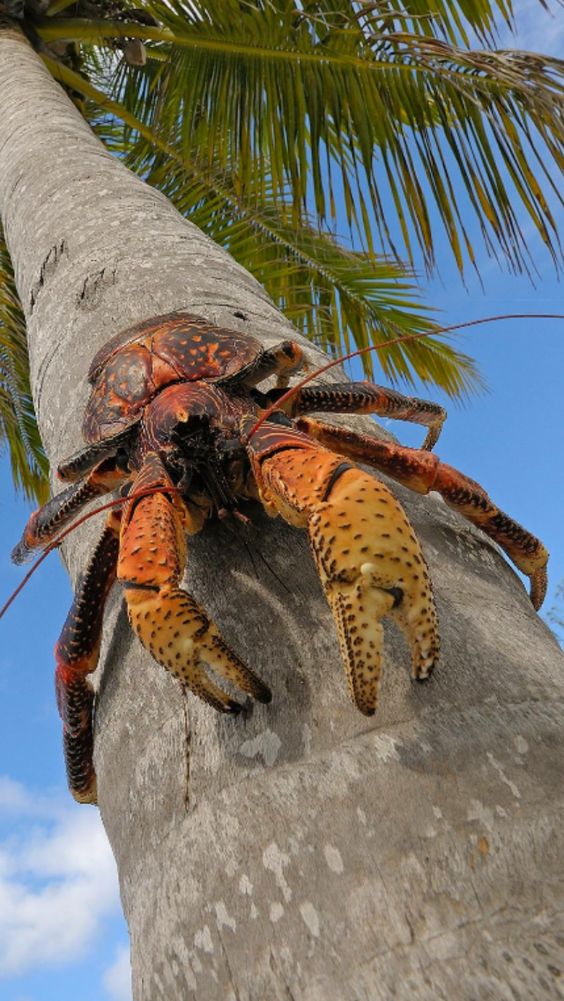
Coconut crabs are in a precarious situation because of the degradation of their native environment and the invasion of humans into it. Because they have lost the capacity to breathe via their gills, these animals’ extraordinary adaption to land life presents a further obstacle: they can’t survive lengthy periods of immersion in water.
Scientists and environmentalists have responded to the pressing need for conservation by stressing the crucial need of reestablishing and preserving habitats for coconut crabs. Preserving these extraordinary animals for future generations requires getting to the bottom of habitat loss and finding ways to lessen human influence.
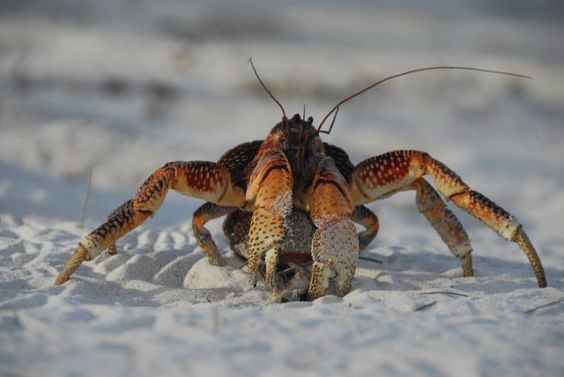
The tragic situation of coconut crabs is a sobering reminder of how precarious the equilibrium is between human interference and nature. Urgent action is required to save the vast biodiversity of our world and save these magnificent species from extinction. It is critical that we take immediate action to prevent the extinction of coconut crabs because if we do nothing, these wonderful animals will be lost forever.
